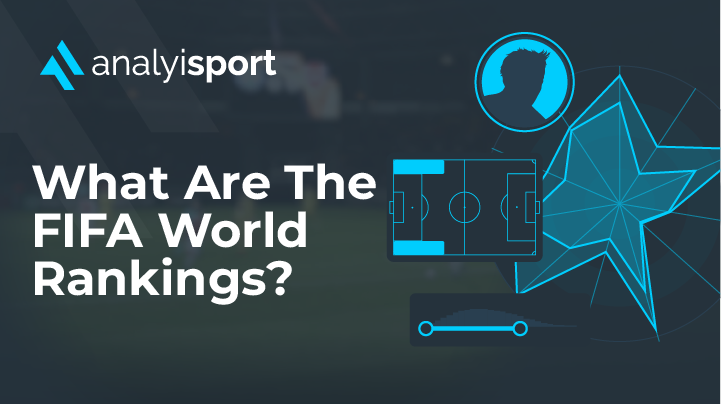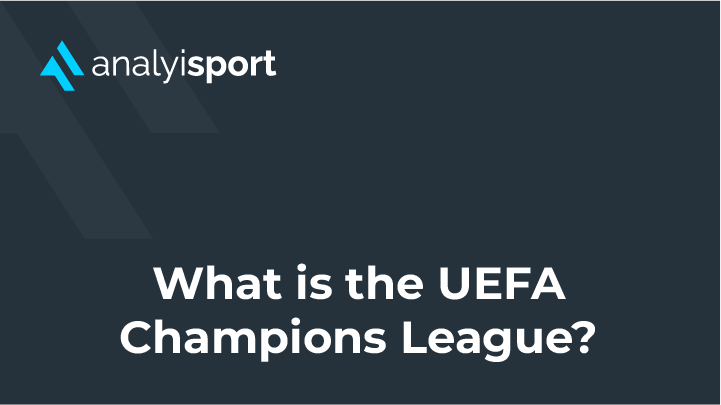What is CONMEBOL (South America)?
The South American Football Confederation (CONMEBOL) is one of the six FIFA continental confederations. A confederation is the governing body for association football on each continent. Each confederation is part of Fédération Internationale de Football Association (FIFA). CONMEBOL is the oldest of all the confederations, and the smallest, with only ten members.
Whilst there may not be as many member countries as there are in other FIFA confederations, this group contains some seriously big hitters. One of the founder members, Brazil, is the only team to compete in every World Cup. They’re also the tournament’s most successful side to date, winning the World 5 times and being the losing finalist twice.
This confederation has amassed a total of ten World Cup wins between its members, accrued 22 Intercontinental Cups and accumulated two Olympic gold medals for football. CONMEBOL World Cup Qualifiers are also regarded as one of the ‘toughest in the world.’ This is due in part to the extreme change in climatic conditions throughout the continent and a plethora of passionate home fans. It’s also due to the fact that CONMEBOL is considered one of the strongest confederations in the world.
Historical Background and Formation
How did CONMEBOL start?
It’s widely accepted that organised, association football was born out of England in 1863. So, it may seem surprising that the first ever FIFA confederation was formed in South America.
In 1916, the inaugural South-American Football Championship (now the Copa América) was taking place in Argentina. This event took place at the same time as the centenary celebration of the Argentine Declaration of Independence. Prior to the competition taking place, the four competing nations (Uruguay, Chile, Argentina and Brazil) gathered together to create a governing body to organise and administer the event. The momentum to form a confederation had been born, and on July 16th 1916, largely under the direction of the Uruguayan, Héctor Rivadavia Gómez, CONMEBOL was established. This motion was ratified on the 15th December, in Montevideo during the first ever Constitutional Congress.
In the following years, a further six teams joined: Paraguay, Peru, Bolivia, Ecuador, Columbia and finally Venezuela. Today, there are ten teams in total.
And thus started football’s long-standing love affair with world football. CONMEBOL remained the sole FIFA confederation until the Asian Football Confederation (AFC) and the Union of European Football Associations (UEFA) was founded in 1954.
Structure, Competitions, and Significance – Competitions and Tournaments
CONMEBOL competitions and tournaments are as follows:
- Copa Libertadores
- Copa Intercontinental/FIFA Club World Cup
- Copa Sudamericana
- Supercopa Libertadores
- Copa CONMEBOL
- Recopa Sudamericana
- Intercontinental Champions’ Supercup
- Suruga Bank Championship
- Copa Merconorte
- Copa Mercosur
- Copa de Oro
- Copa Master de Supercopa
- Copa Master de CONMEBOL
- Copa Ganadores Copa
- Copa Interamericana
Copa América
The six FIFA continental federations were born out of the inaugural South-American Football Championship and the decision to form a governing body between the four competing nations. The South-American Football Championship is not only responsible for the inception of the FIFA confederations, it now holds its own as the world’s oldest (still running) continental competition.
In 1975, this same competition, the South-American Championship became Copa América. And, just as the member nations of CONMEBOL had increased, so did the teams playing in the competition. There are currently ten teams – and two other national teams, from North American and Asian confederations playing in the quadrennial competition. Argentina and Uruguay have won the most championships, with fifteen titles each. Runners up are Brazil with nine titles.
This tournament is growing in its popularity due to the sheer quality of the sides taking part. It’s currently the world’s third most watched footballing competition.
Copa Libertadores
Translated, this cup means America’s Liberators Cup. This is an annual international competition in which CONMEBOL nations compete for the esteemed La Copa trophy. The format for this competition has varied over the years. Currently, the tournament consists of eight stages. The first stage takes place in January and ends with the final in November. The winner of the tournament is eligible to play in the FIFA Club World Cup and the CONMEBOL Recopa Sudamericana. The Copa Libertadores is similar in prestige to the Champions League and is watched widely around the world. Argentina’s Indepiente is the most successful team in this competition.
Copa Sudamericana
This is a much younger competition, starting less than 20 years ago in 2002. In many respects the competition is similar to its old relative, the Copa Libertadores. However, if the Copa Libertadores is for teams from the top league nations, the Copa Sudamericana is for the mid-table teams. The two competitions have sometimes been described as comparable with the Champions League and UEFA Cup in Europe. Boca Juniors, Independiente, Athletico Paranaense and Independiente del Valle are currently joint record holders, with each team winning two trophies each.
South American Qualifiers for the World Cup
The South American World Cup qualifiers are considered to be some of the toughest in the world. The sheer geographical spread of the CONMEBOL countries and the extreme changes in its climate mean teams can face severe challenges with variations in heat and weather.
CONMEBOL nations are eligible for 6 direct slots in the finals and one place in the inter-confederation play-off.
CONMEBOL nations have played a huge role in international football.Footballing giants Brazil and Argentina are both CONMEBOL nations. Brazil have won more World Cup trophies than any other team, with an enviable haul of five. Argentina have won three, ranking just behind Germany and Italy. Uruguay have won two. These footballing giants are ranked at the top of the leaderboard in terms of trophies, talent and history.
Member Nations and Impact
It’s no secret that rivalries between South American nations run deep. Differing cultures and traditions impact on the continent’s footballing dynamics. As is true in many countries, football has woven itself tightly around and in between the nation’s political and social structures.
Argentina and Brazil nurture particularly contentious rivalries. Both contenders on the world stage, their clashes span nearly a century. Between 1925 and 1937 both teams refused to play in the Copa América competitions if the other side was competing. This was all due to a violent clash in a previous tournament. In many respects each side is influenced by similar traditions, arts and culture. But, these shared directions take different paths on the football field when old rivalries take over.
CONMEBOL Commitment to the Future of South American Football
On the 12th February 2020 the Memorium of Understanding was established between CONMEBOL and UEFA. This has since been extended until 2024-2025. The Memorium of Understanding sets out a set of clear objectives aimed at developing close collaboration between the two confederations in order to raise the development of football within the regions.
The Memorium of Understanding’s objectives are:
- the promotion and development of grassroots football, youth football and women’s football
- the organisation of championships
- marketing, legal and social responsibility matters
- Security; the promotion of ethical principles and good governance in football.
In the coming years, CONMEBOL and UEFA have committed themselves to raising the promotion and development of grassroots, women and youth football. They intend to do this through a series of shared activities and the promotion of CONMEBOL tournaments and competitions.
Despite its size, there’s little doubt that CONMEBOL is a powerful confederation and a group of footballing nations that live, breathe and love the ‘beautiful game’ to the extreme. Some of the world’s greatest football has risen from the poorest of places in South America. This confederation has proven time and time again that passion and an almost religious devotion to the sport can yield the trophies, reputation and status that the rest of the world can only dream of.
Related Courses:

- Level 1
- Course
Level 1: Foundation in Recruitment Analysis in Football
£70.00
Share this article
Our Learning Pathways
AnalyiSport is for everyone who is passionate about analysis in football. Where are you in your development journey?
Become a Football Scout
As more clubs than ever look to build data into their recruitment process, an understanding of recruitment analysis is your ticket to success in the game.
Related Articles
Our team provides news and insights from the cutting edge of football analysis.






